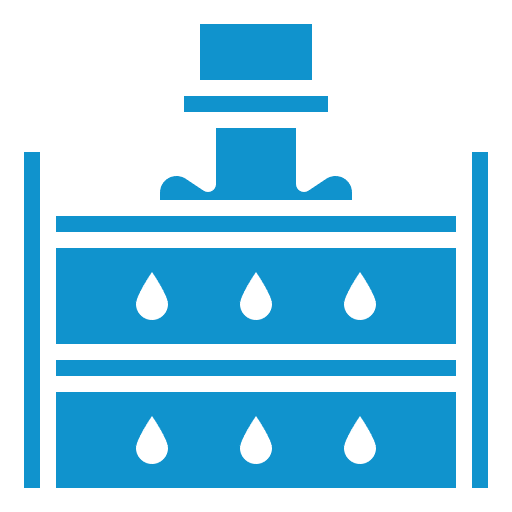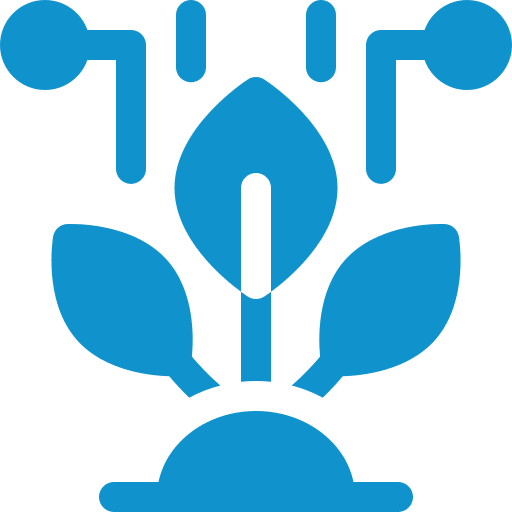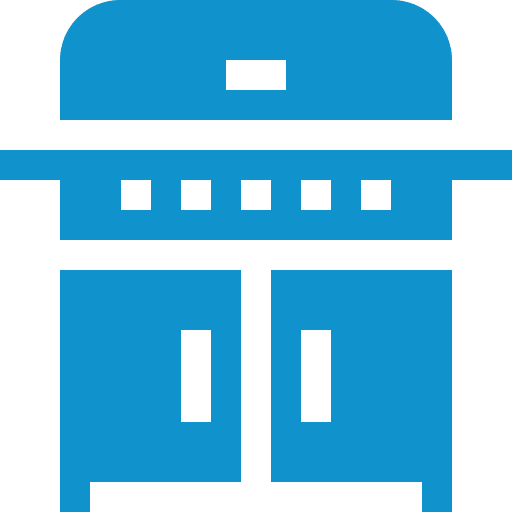An apparel product is a consumer good with a large number of fragmented supply chains. It starts with fiber selection, proceeds to yarn and fabric production, and ends in apparel manufacturing. In many cases, several additional sectors are involved in finishing the final product, which may include trims, findings, embroidery, leather and other fashion accessories.
The major operations of the labor-intensive apparel manufacturing sector can be categorized into three groups — preproduction, production and postproduction1. Preproduction focuses on preparing necessary materials and services, and includes line planning, sample development, and approvals, sourcing, and production scheduling. During production, fabrics are spread, cut, bundled, and sewn. Several post-production tasks follow — including pressing, inspection, folding and packing — to get goods ready for consumers. Apparel production still relies on manual practices much as it was a few hundreds of years ago2.
The labor dependent nature of cutting and sewing tasks make them expensive. Fabric cost and cut-and-sew labor are the two largest expenses in apparel manufacturing2. Raw materials represent 50 to 70 percent of the total product cost3, but compromises in quality and quantity of fabric directly influences the quality of a final product. Instead, the viable solution to reduce the fabric cost is to realize the most efficient marker through accurate and precise cutting.
Sewing represents 35 to 40 percent of the total cost4. Sewn product manufacturers have lowered labor costs through global supply chain management over the past decades by locating production facilities in developing countries. However, this business strategy is more difficult to maintain because of recent changes in the global labor market. There are urgent needs to find alternative manufacturing solutions and automating cutting and sewing process is one option.
Automation improves productivity as well as the quality of fashion products by minimizing human intervention and preventing manufacturing mistakes. Examples include mechanized fabric handling, computerized techniques, and automatic sewing machine and robots. These processes assist smooth automatic transitions of workpieces between steps or during a process.
There were six sub-sections established under the garment making system presented at the ITMA 2019 textile machinery tradeshow. Those were product development equipment; shrinking, fusing, and cutting; sewing; sewing supplies and consumable; product finishing. Cutting and sewing are the major areas of observations, and multiple examples of automated equipment are reported to highlight key features of technical innovations in cutting and sewing automation.
Read more: Automated Cutting & Sewing Developments



